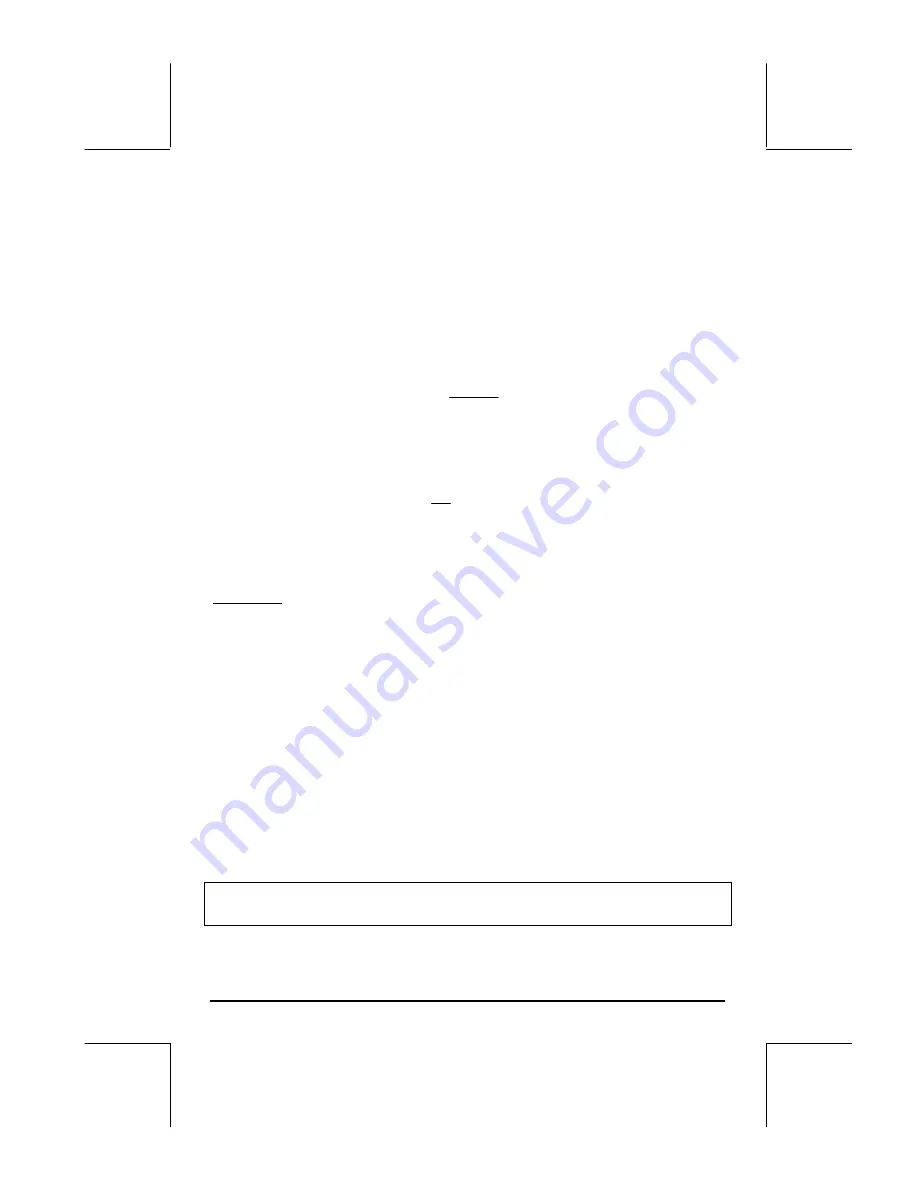
Page 16-9
Next, we can write
dy/dx = (C + exp x)/x = C/x + e
x
/x.
In the calculator, you may try to integrate:
‘
d1y(x) = (C + EXP(x))/x
’
`
‘
y(x)
’
`
DESOLVE
The result is { ‘y(x) = INT((EXP(xt)+C)/xt,xt,x)+C0’ }, i.e.,
0
)
(
C
dx
x
C
e
x
y
x
+
+
⋅
=
∫
Performing the integration by hand, we can only get it as far as:
0
ln
)
(
C
x
C
dx
x
e
x
y
x
+
⋅
+
⋅
=
∫
because the integral of exp(x)/x is not available in closed form.
Example 3 – Solving an equation with initial conditions. Solve
d
2
y/dt
2
+ 5y = 2 cos(t/2),
with initial conditions
y(0) = 1.2, y’(0) = -0.5.
In the calculator, use:
[‘d1d1y(t)+5*y(t) = 2*COS(t/2)’ ‘y(0) = 6/5’ ‘d1y(0) = -1/2’]
`
‘y(t)’
`
DESOLVE
Notice that the initial conditions were changed to their
Exact
expressions, ‘y(0)
= 6/5’, rather than ‘y(0)=1.2’, and ‘d1y(0) = -1/2’, rather than, ‘d1y(0) = -
0.5’. Changing to these Exact expressions facilitates the solution.
Note
: To obtain fractional expressions for decimal values use function
Q
(See Chapter 5).
















































